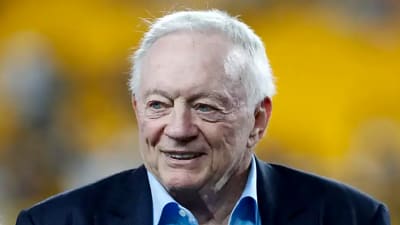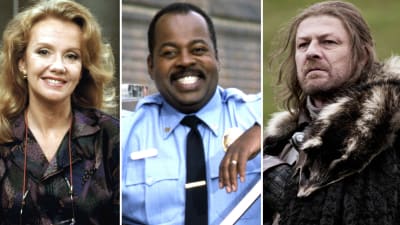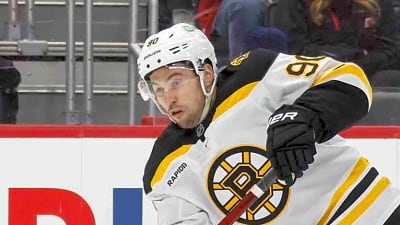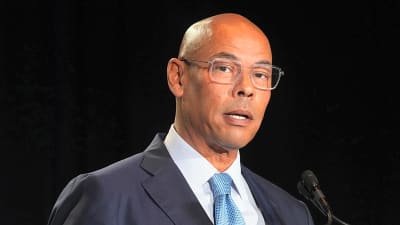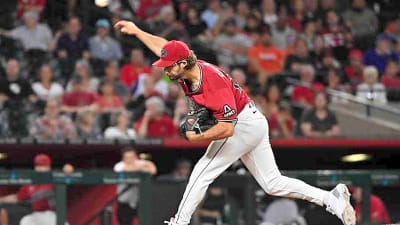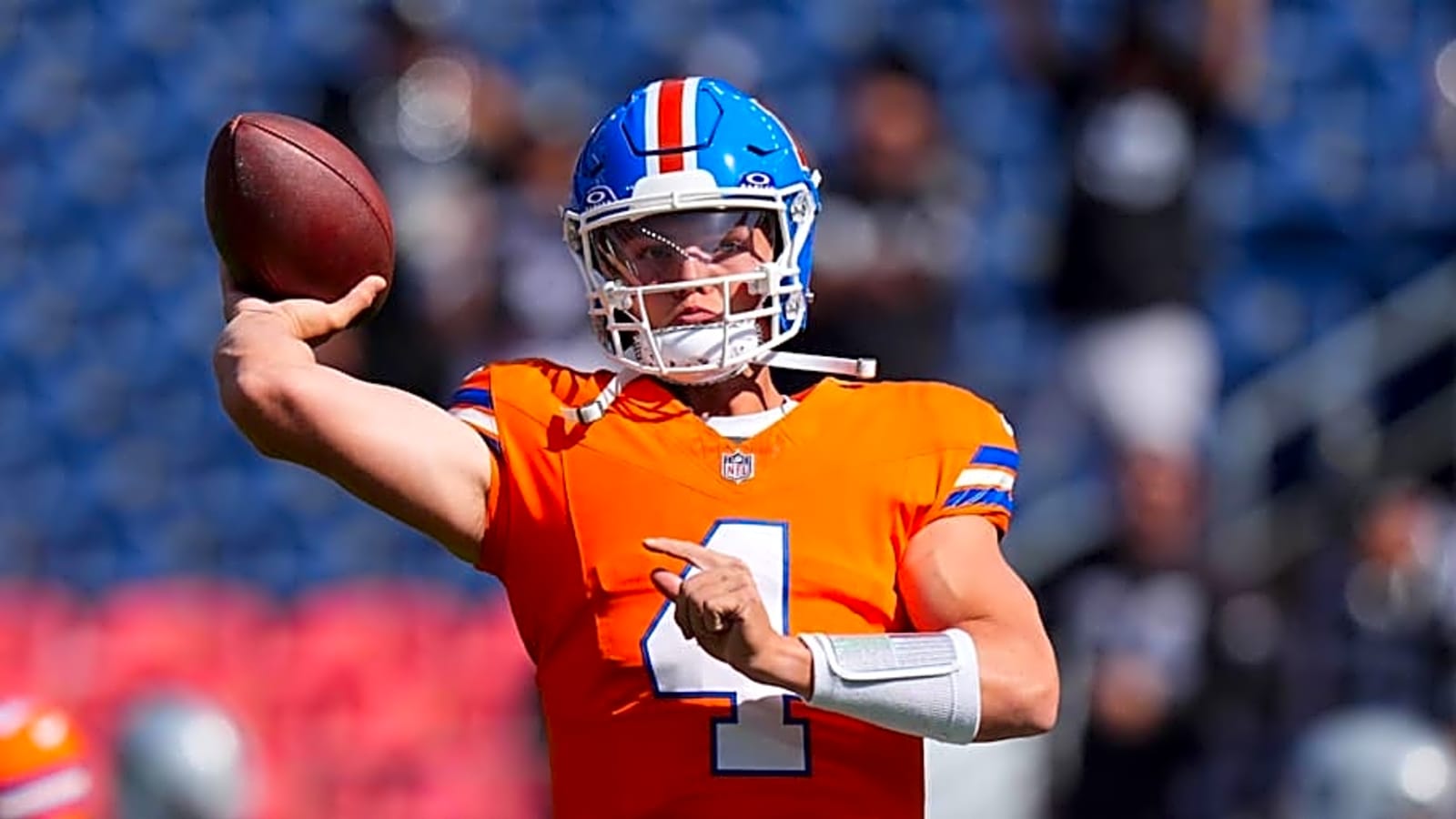
The Miami Dolphins’ backup quarterback position has been under the microscope since the team selected Tua Tagovailoa in the 2020 NFL draft.
At first, that was because Tua was the team’s backup behind Ryan Fitzpatrick. Once Tua took the starting job permanently, the position became a heated discussion point because Tua couldn’t stay on the field.
The team tried veteran options like Jacoby Brissett and Teddy Bridgewater, but those didn’t go well. Coach Mike McDaniel tried developing 2022 seventh-round pick Skylar Thompson, but despite some initial “success,” Thompson fell flat this past season.
That led the Dolphins to Tyler Huntley, who showed some signs of life in five starts but wasn’t good enough down the stretch of the season.
Not having a reliable, good backup behind Tagovailoa has sunk the Dolphins’ season multiple times. So, Miami is trying something different for the 2025 season.
The team invested in Zach Wilson, a talented young passer who is arguably the biggest bust of the past few years, and drafted former highly touted recruit Quinn Ewers in the seventh round of the 2025 NFL draft.
So, the question then becomes: Are Wilson and Ewers better than Thompson and Huntley? Let’s look at the pros and cons of Miami’s approach to backup quarterback this season.
Where Miami’s New Quarterbacks Are Better
Natural Talent
Miami’s new quarterbacks have a lot more natural talent than what the Dolphins had last season. This is mostly a product of the team signing Wilson in free agency from the Broncos.
There are a lot of reasons to be skeptical of Wilson, but his arm talent is still quite impressive. He’s probably the strongest-armed quarterback the Dolphins have had since Ryan Tannehill, and Wilson’s ability to create out of structure could raise the ceiling of Miami’s offense.
Although Huntley is a better runner behind the line of scrimmage, Wilson’s mobility behind the line is quite good. If he figured out how to manage a pocket under Sean Payton last season, it could pay dividends for the Dolphins.
As bad as Wilson was with the Jets, his traits were good enough for him to be the second overall pick in the 2021 NFL draft. Other Jets reclamation projects like Geno Smith and Sam Darnold have turned their careers around because they landed in better environments.
Now, Wilson’s tape with New York was much worse than Darnold and Smith’s, but Miami is a better offensive environment for Wilson’s traits to properly develop.
As for Ewers, his natural traits are much more comparable to Huntely and Thompson’s. All three have similar levels of arm strength, but Ewers lacks Huntley’s mobility. The Texas product has Thompson beat in other areas, but neither player is overly toolsy.
Still, Wilson’s talent alone raises the ceiling on the Dolphins’ backup quarterback room.
Scheme Fit
This will probably surprise some because Thompson spent three years learning Miami’s offense. That was a significant reason McDaniel felt comfortable going into the season with Thompson at QB2.
While Thompson knew the scheme, he wasn’t the best scheme fit. Miami’s offense operates best when its quarterback can get the ball out quickly and accurately into the middle of the field.
Thompson held the ball way too often on simple reads and never looked overly comfortable in the offense, especially during his start against the Seahawks last season.
As for Huntley, he didn’t have much time to learn the offense as a September addition and wasn’t a fit anyway. Huntley’s best trait was mobility, and the Dolphins barely used him as a designed runner.
Ewers is an ideal scheme fit for Miami’s offense, mainly because the offense he ran at Texas literally ripped plays right out of the Dolphins’ playbook. Ewers was asked to work quick-game concepts, manage pre-snap motions, and throw with trust in the offense more than reading out defenses.
Those are hallmarks of the Dolphins’ offense, and Ewers was at his best last season when the scheme did the heavy lifting, allowing him to stay on schedule.
Although Wilson isn’t as ideal of a scheme fit as Ewers, he does have a lot of experience working in the Shanahan offense. Wilson spent two seasons under Mike LaFleur, who was on the 49ers staff with McDaniel from 2017 to 2020.
LaFleur’s offense isn’t identical to what McDaniel has created in Miami, but the core principles and language are similar.
Where Miami’s New Quarterbacks Are Worse
On-Field Performance (the tape)
Ewers and Thompson don’t add much to this category, so we’ll focus on Huntley vs. Wilson.
From a tape perspective, Huntley’s performance against the Browns last season, when he completed 22 of 26 pass attempts for one touchdown, while rushing for 52 yards and another touchdown, is better than anything Wilson did with the Jets.
During his Jets tenure, he completed 57 percent of his passes for 23 touchdowns and 25 interceptions. He was also the league’s fifth-most sacked quarterback during that stretch.
We reviewed Wilson’s tape when the Dolphins signed him, and it was not pretty. Wilson’s mechanics, processing, and ability to handle pressure are a mess.
Even a few of Huntley’s starts with the Ravens when he filled in for Lamar Jackson at the end of the 2021 season are better than what Wilson showed with the Jets. Huntley was more accurate and made far fewer mistakes, whether that was sacks or interceptions.
In Wilson, the Dolphins are making a bet that he developed with the Broncos last season. Broncos head coach Sean Payton is an impressive offensive mind, and Wilson’s preseason reps did look better.
While reports out of Denver are that Wilson improved last season, the Broncos never moved him higher than QB3 on the depth chart and didn’t make a significant effort to keep him this offseason.
Wilson might have gotten better, and there’s a good chance he’ll be better in Miami than with the Jets. However, the Dolphins are taking that risk on a player whose current tape is worse than what they had last season.
The Final Word
So, is the Dolphins’ quarterback room better now than it was at the end of last season? Well, that depends on how you look at it.
Ewers was a better prospect than Thompson, and he’s a better scheme fit, so the Dolphins QB3 spot feels like it’s marginally better. Although relying on a rookie, seventh-round pick as the primary backup for Tagovailoa is incredibly risky.
Wilson improves the team’s upside. He’s the most physically talented passer and athlete the Dolphins have had at quarterback since Tannehill. If Wilson turned a corner with the Broncos last season, he could be a significant improvement.
However, there’s no evidence he actually did turn a corner, and his tape with the Jets showed few signs of progress across three seasons. Wilson had flashes of play that were better than Huntley's, but most of Huntley’s full starts are better than Wilson’s on tape.
Miami’s quarterback room isn’t “better,” it’s just different. After playing it safe in previous seasons, the Dolphins took a more high-risk, high-reward approach.
That’s entirely defensible, but how Miami decided to pivot this offseason is extremely risky. Just because Wilson and Ewers are household names does not mean they are automatically better than what the Dolphins had before.
They could be, but the film doesn't back that up. It'll be on McDaniel and the Dolphins' coaching staff to make use of Wilson's tools and maximize Ewers' fit in the offense.
More Miami Dolphins coverage:
More must-reads:
- Chiefs' Patrick Mahomes reveals feelings on 18-game NFL regular season
- Insider shares 'common sense' reason Steelers' T.J. Watt hasn't yet received desired extension
- The 'NFL Offensive Rookie of the Year winners' quiz
Breaking News
Trending News
Customize Your Newsletter
 +
+
Get the latest news and rumors, customized to your favorite sports and teams. Emailed daily. Always free!



